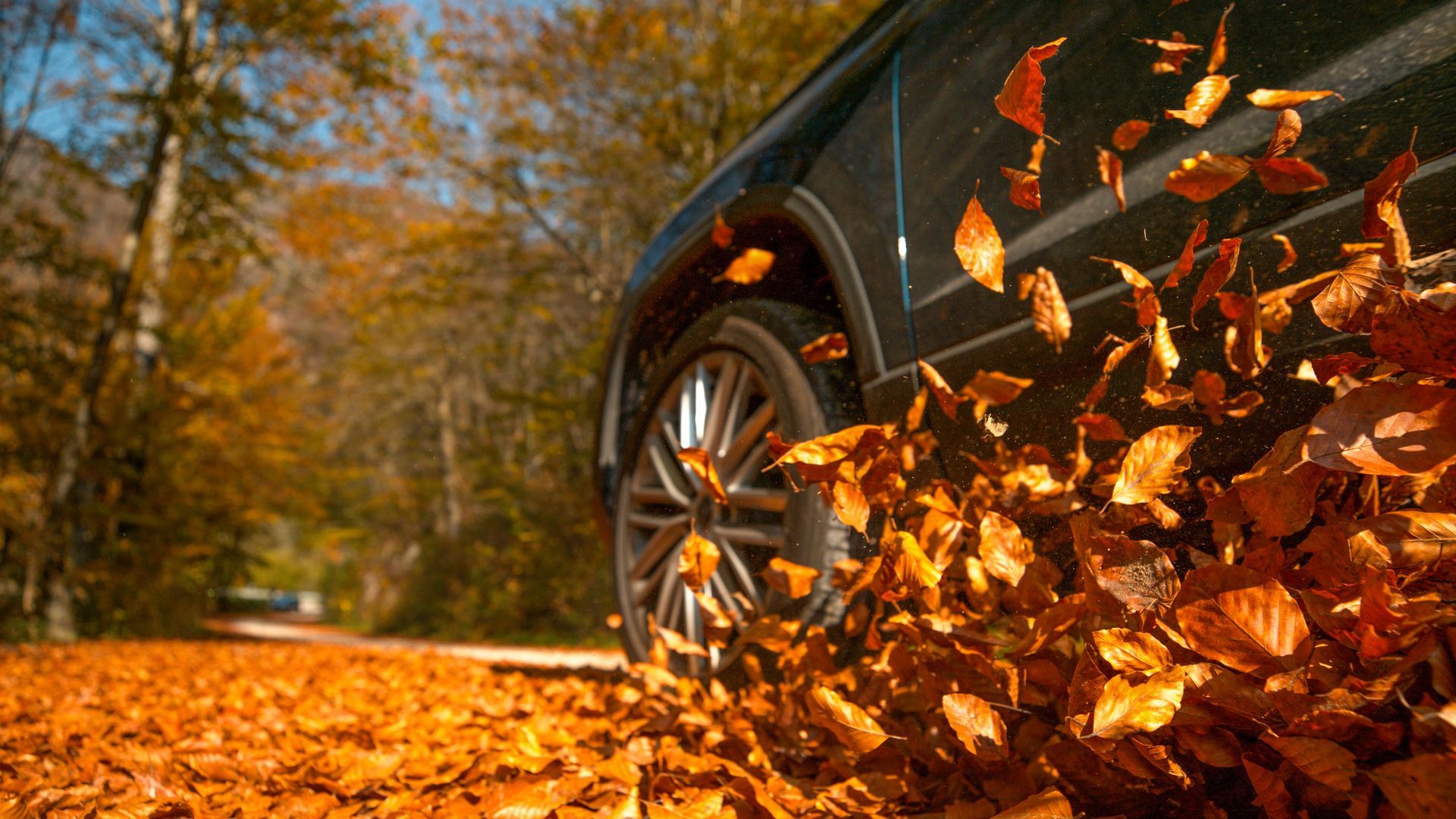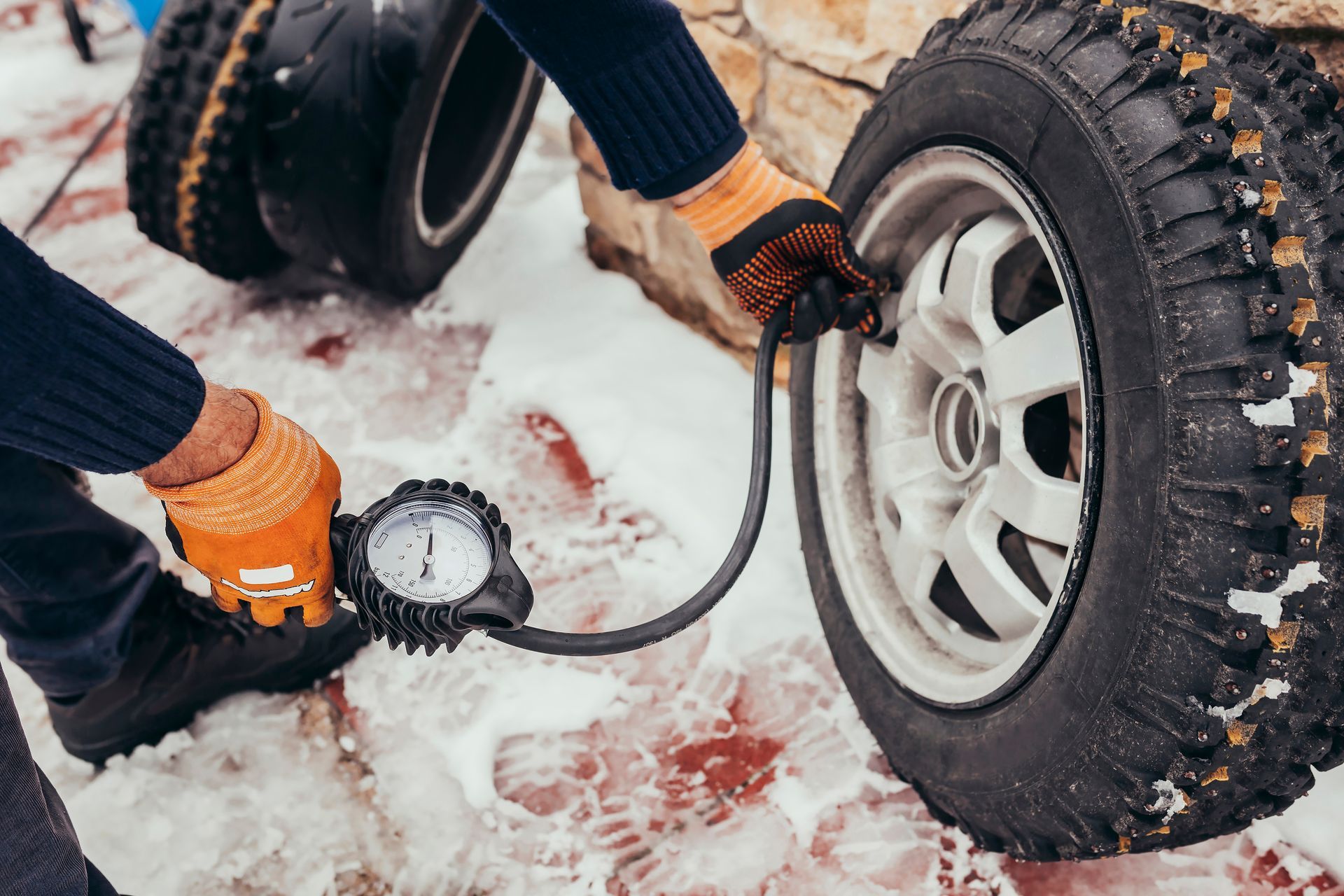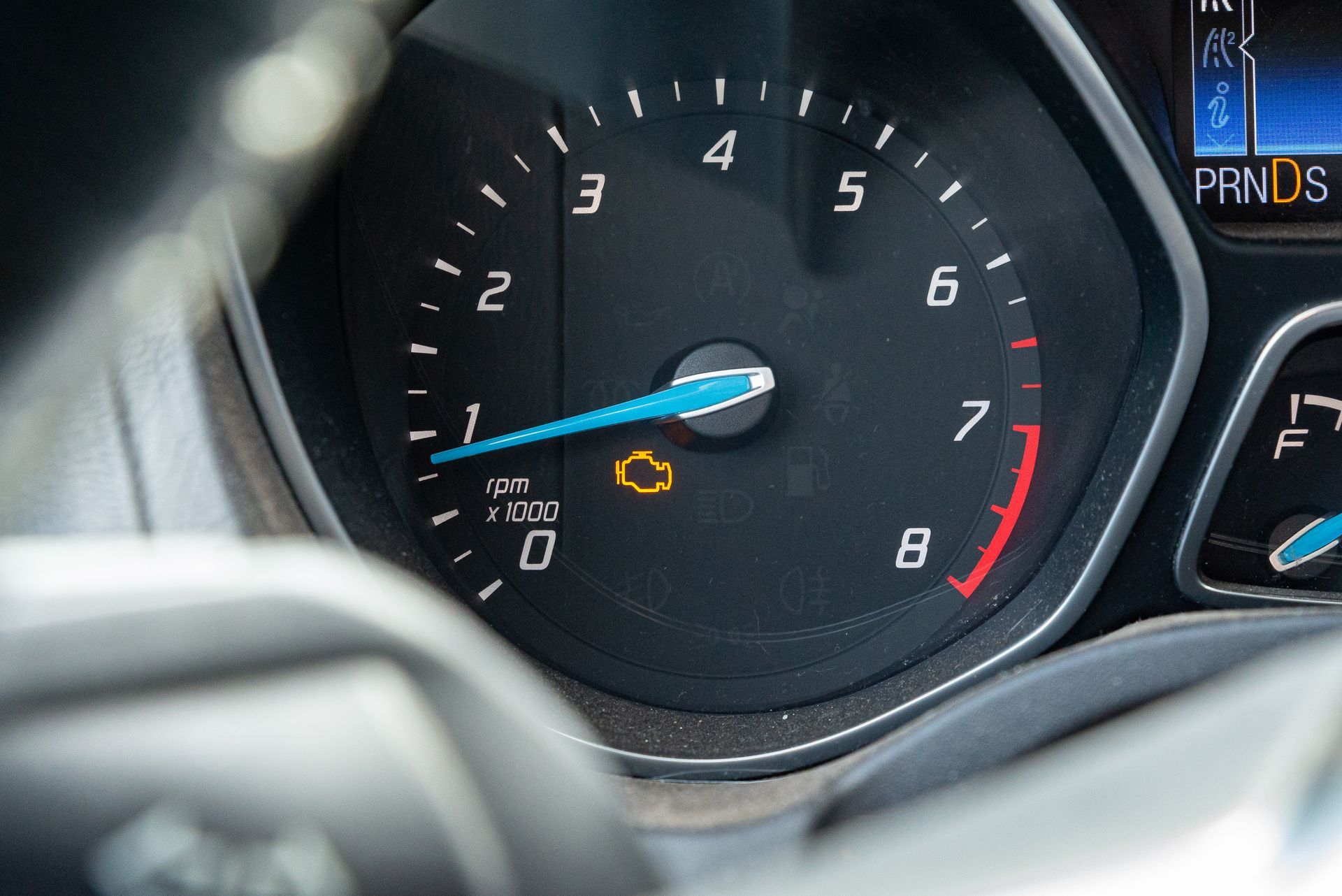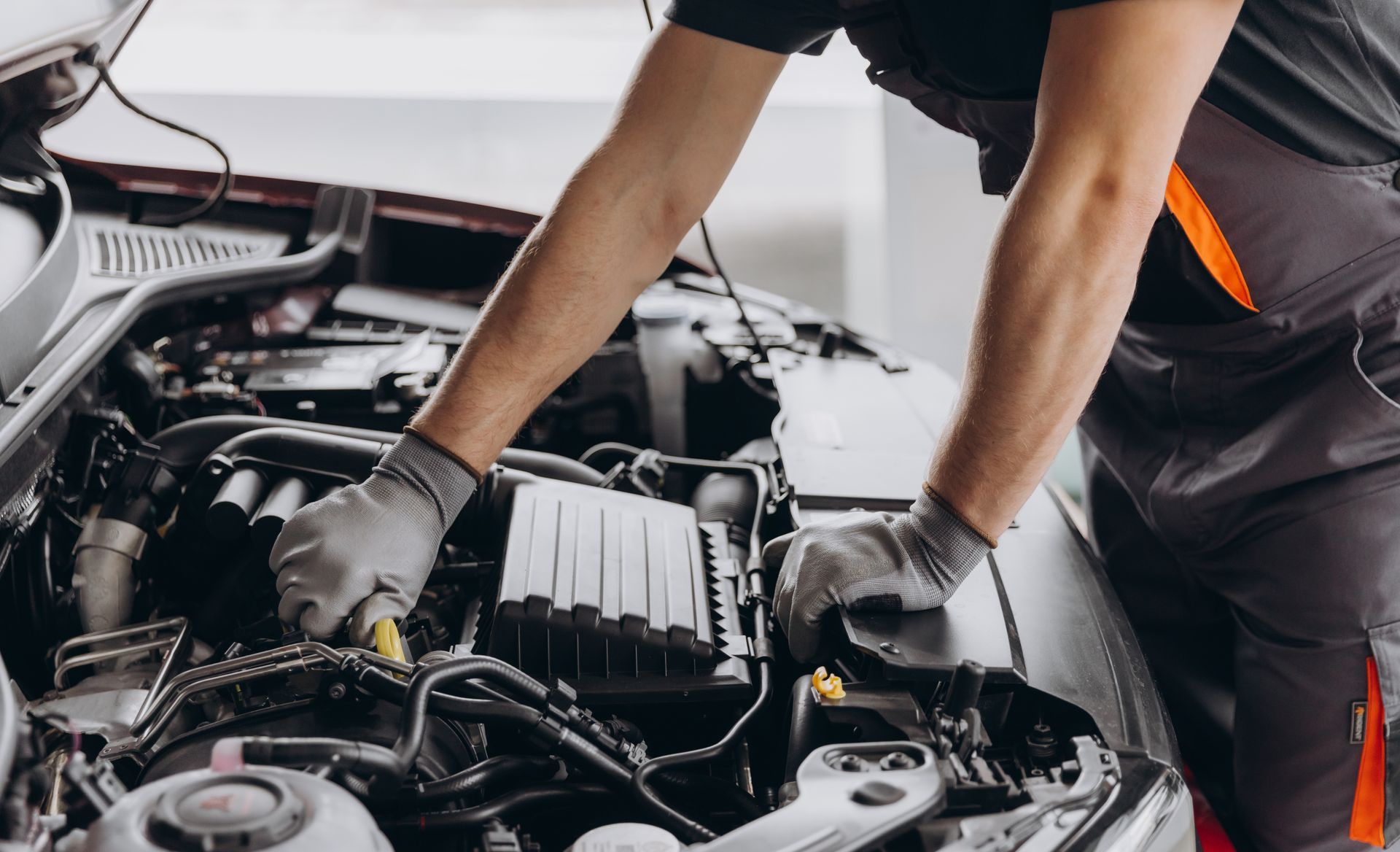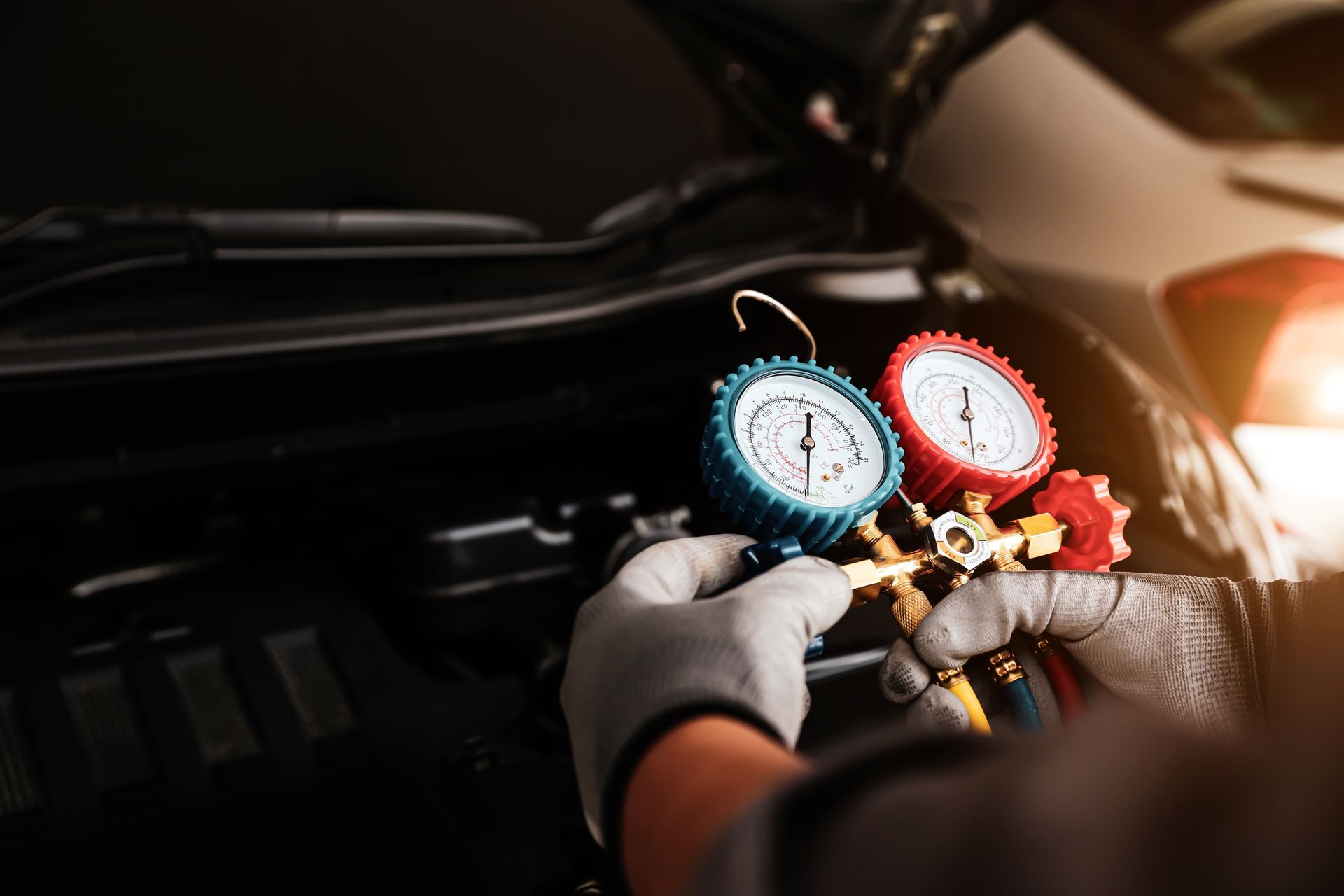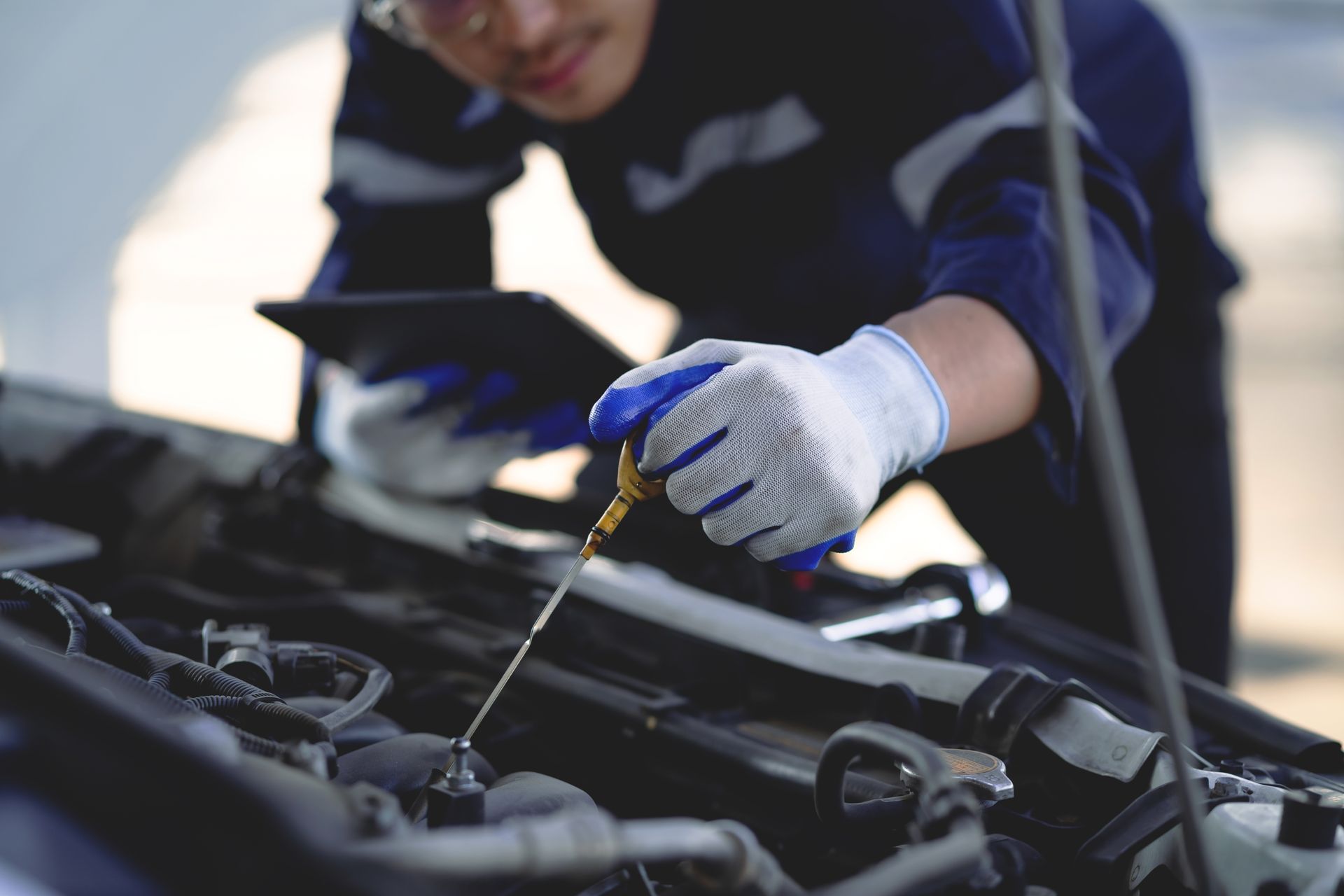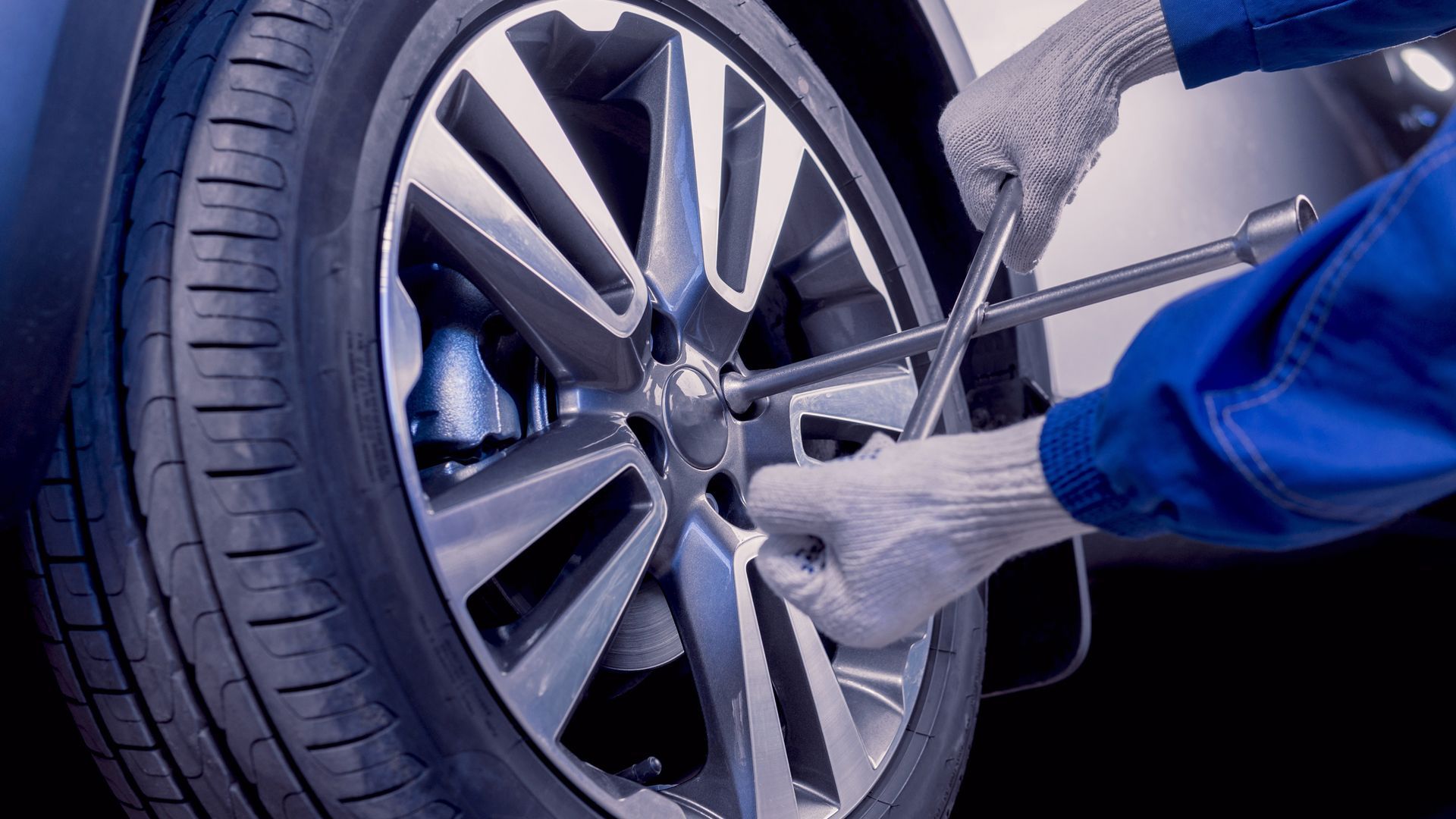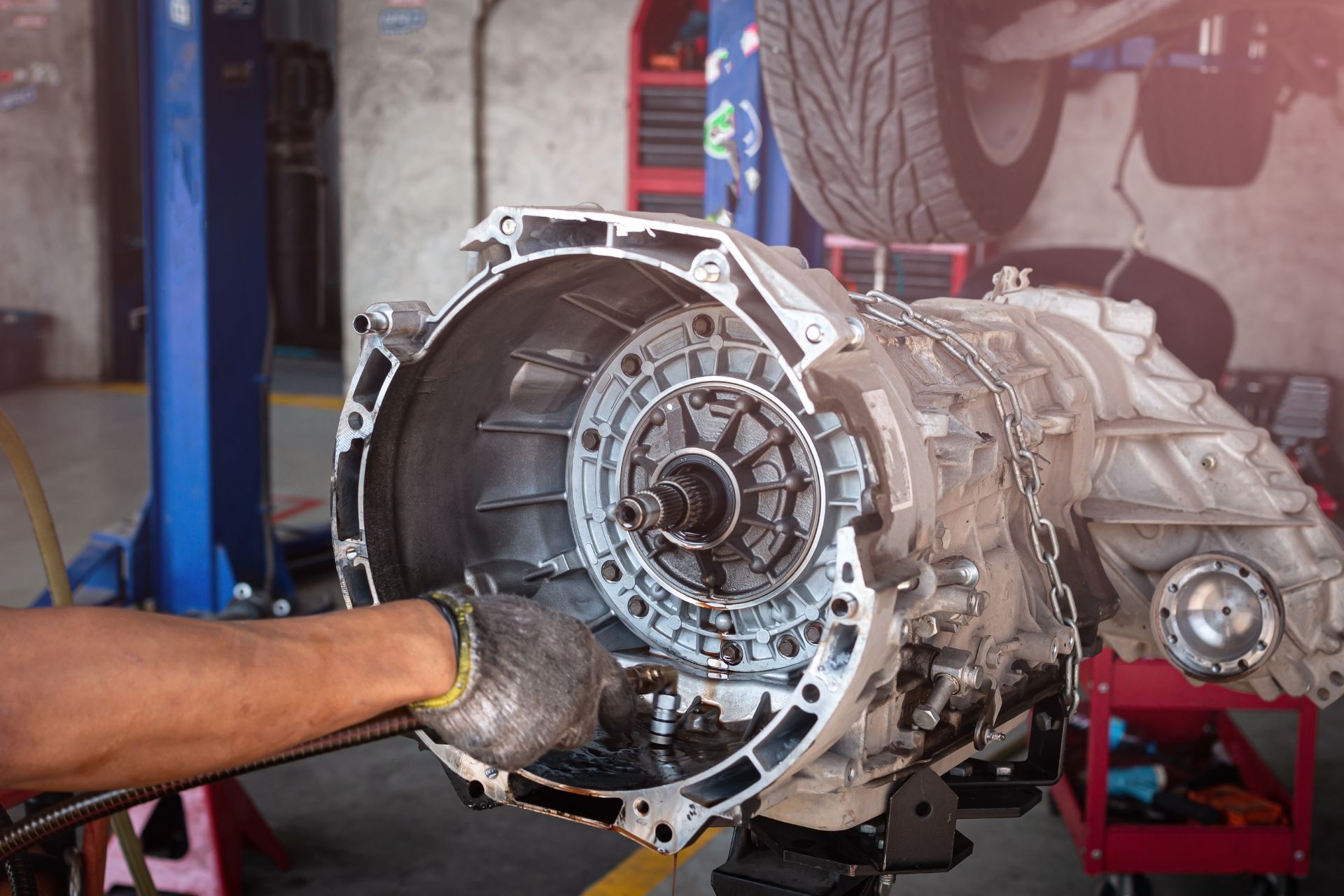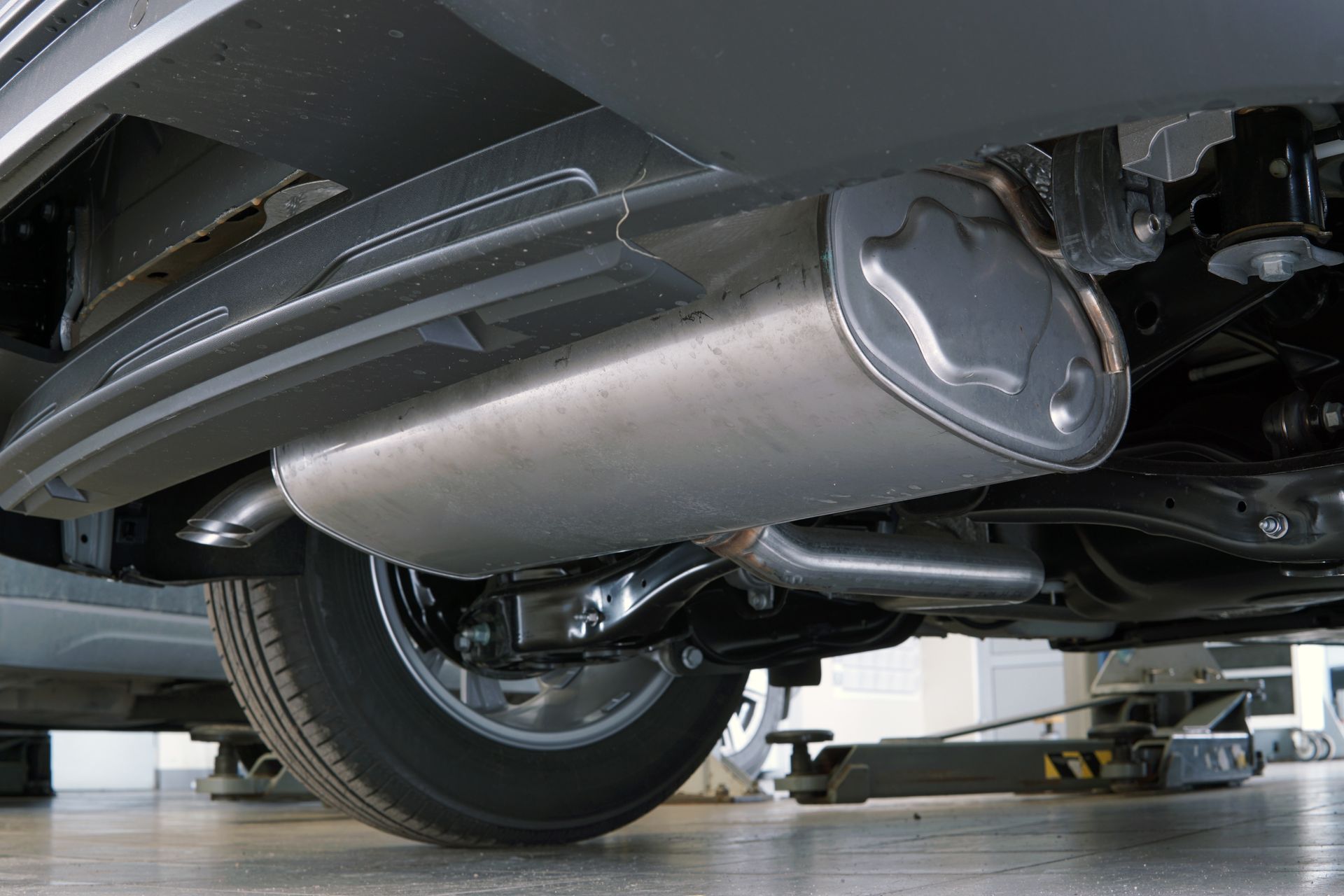Should You Warm Up Your Car in the Cold? Ohio Drivers, Take Note!

Winter in Cincinnati can be unpredictable—one day, you’re enjoying a crisp, sunny afternoon, and the next, you’re scraping ice off your windshield in freezing temperatures. If you live in neighborhoods like Hyde Park, Madeira, Clifton, or Newtown, you know the struggle of those cold mornings. The question is: should you let your car warm up before driving, or is that just an old-school myth?
The Old-School Warm-Up Habit
For years, many of us were taught that warming up the car for a few minutes before hitting the road was essential—especially in freezing weather. Our parents and grandparents swore by it, arguing that it helped the engine run better and prevented damage. But does that still hold true today?
Modern Engines vs. the Cold
The reality is that modern cars are designed to handle cold starts much better than older models. Most vehicles built in the last two decades use fuel injection systems that regulate the air-fuel mixture automatically, even in frigid temperatures. Unlike old carbureted engines, which did need extra time to warm up, newer engines are ready to go within seconds.
No matter the make or model, today’s cars are built with advanced technology that minimizes the need for prolonged idling. According to automotive experts, idling your car for too long doesn’t actually help much—in fact, it can do more harm than good. Excessive idling can lead to fuel residue buildup, wasting gas and potentially damaging engine components over time. Plus, unnecessary idling releases harmful emissions into the air, contributing to pollution and impacting the environment.
What Should You Do Instead?
If you're starting your car on a freezing morning in Hyde Park or Mariemont, the best approach is to let it run for about 30 seconds to a minute—just enough to ensure oil circulation—before gently driving off. Your engine will actually warm up faster while driving, rather than sitting idle in your driveway.
Of course, this doesn't mean you should blast off like you're in a street race through Madeira. Keep your acceleration smooth for the first few minutes to allow the engine and transmission to reach optimal temperatures.
But What About the Interior Comfort?
Let’s be honest—one of the main reasons people warm up their cars isn’t for the engine, but for their own comfort. No one likes sliding into an ice-cold vehicle. If you live in Clifton and park outside overnight, remote start might seem like a lifesaver. But keep in mind, prolonged idling still wastes gas and contributes to unnecessary emissions. If you really need to warm up the interior, try limiting your idle time to just a minute or two.
The Takeaway for Cincinnati Drivers
So, should you warm up your car in the cold? If you’re driving a modern vehicle, the answer is no—at least not for more than a minute. Instead, start your car, clear off the frost, and begin driving gently. Not only will this help your engine, but it’ll also save you fuel, reduce emissions, and minimize your impact on the environment.
Next time you’re tempted to let your car sit and idle in your Hyde Park or Madeira driveway, consider grabbing a warm cup of coffee instead—you’ll be just as toasty, and your car will thank you!
